From initial achievements to breakthrough requirements
In the context of the world entering the era of innovation, space technology is not only a symbol of scientific level but also a strategic infrastructure to promote socio -economic development. Many experts believe that Vietnam needs to change its mindset: Investing in space technology is not a luxury but a necessity, opening the door to a new economic sector.
According to Deputy Director of the Department of Science, Technology and Technology, Ministry of Science and Technology (MOST) Ly Hoang Tung, over the past years, the MOST has implemented the National Science and Technology Program on Space Technology in four phases from 2008 to present; at the same time, building mechanisms and policies to encourage the transfer of dual-use technologies between civil and defense, promoting international cooperation with major partners such as NASA (USA), JAXA (Japan), CNES (France)... This is an important foundation for Vietnam to go further in the space field.
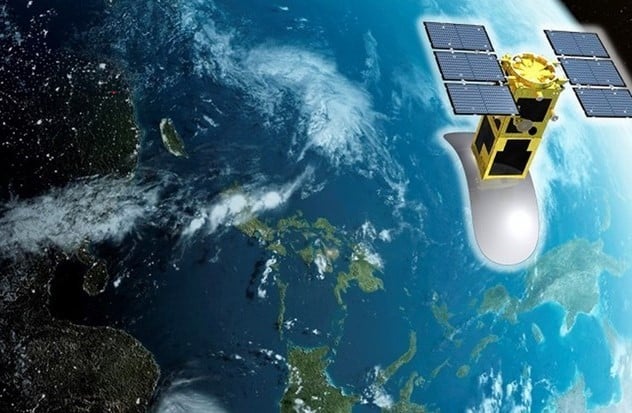
Simulated image of LOTUSat-1 satellite.
In particular, a series of strategic documents have been issued, including Resolution 57-NQ/TW, Decision 169/QD-TTg, and most recently Decision 1131/QD-TTg dated June 12, 2025 of the Prime Minister promulgating the List of strategic technologies and strategic technology products, including aerospace technology in the group of 11 technologies prioritized for investment. This is a step that clearly affirms the position of this field in the orientation of national science and technology development.
Vietnam has made remarkable achievements in its journey to conquer space, with the development and operation of satellites such as VNREDSat-1, MicroDragon, NanoDragon or LOTUSat-1. The construction of the Vietnam Space Center at Hoa Lac High-Tech Park is also one of the most modern projects in Southeast Asia, contributing to human resource training and mastering satellite technology.
However, according to experts, these achievements are still fragmented and lack momentum without a long-term strategy and a strong, synchronous investment mechanism. Mr. Tran Tuan Ngoc, Director of the National Remote Sensing Department (Ministry of Natural Resources and Environment), said that Vietnam currently does not have a systematic infrastructure development plan and lacks close coordination between ministries and branches. Along with that, high-quality human resources in the field of remote sensing and space technology are still limited, while the demand for applications is increasing in the fields of telecommunications, positioning, resource management, environment, and natural disasters.
Mr. Ngoc proposed the need to invest in synchronous technology infrastructure, provide specialized training and have policies to attract talent for sustainable development of Vietnam's space technology industry.
Towards a space economy
According to Associate Professor Dr. Pham Anh Tuan, General Director of the Vietnam Space Center (Vietnam Academy of Science and Technology), the global space economy is expected to reach 1,400 billion USD by 2030. If we do not quickly grasp it, Vietnam will miss a great opportunity in the technology race. "It is time for us to identify space as not only a strategic technology but also a potential economic sector, opening up new development opportunities from satellite applications, telecommunications to data and related services," he said.
He also emphasized that Vietnam needs to consider outer space as one of the five national strategic spaces, along with land, sea, sky and cyberspace. To achieve that, Vietnam should establish a National Aeronautics and Space Agency under the Government to coordinate in a unified manner, instead of being divided as it is now.
Associate Professor Dr. Pham Anh Tuan said that Vietnam is gradually becoming self-sufficient in manufacturing satellites, a core factor that helps reduce costs, proactively collect data and ensure national security. The development of Earth observation satellites not only serves the management of resources, the environment, and climate change, but also supports agricultural and urban planning, biodiversity protection, and contributes to promoting decisions based on real data.
Currently, the Vietnam Academy of Science and Technology is submitting to the Prime Minister for approval the Project "Strengthening national capacity for Earth observation based on small satellite systems" for the period 2025 - 2030, with a vision to 2040. The project aims to manufacture and launch an ultra-high-resolution radar satellite, two high-resolution optical satellites; build a satellite integration and testing center in Hoa Lac and train domestic space human resources.
If implemented effectively, this will be an important step forward to help Vietnam gradually master small satellite technology, form a space industrial ecosystem, enhance competitiveness and be proactive in security, economic and scientific issues.
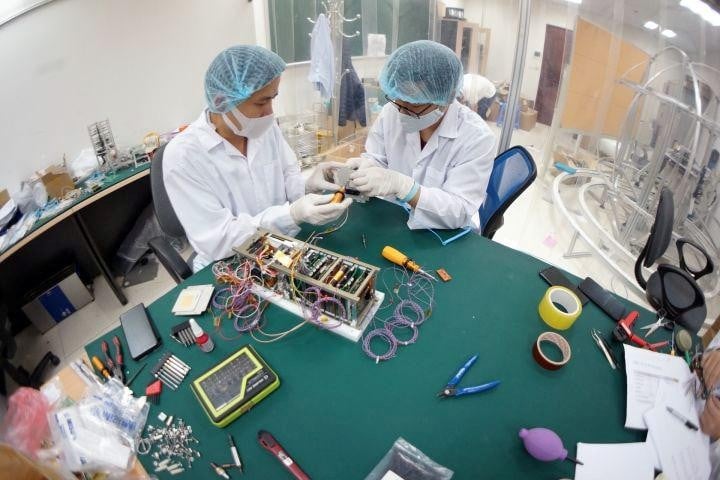
Engineers of the Vietnam Space Center study satellites.
Space technology is entering an era of commercialization and deep integration. Not only state agencies but also a series of private corporations and start-ups in the world are strongly participating. Vietnam, with the foundation that has been built, is facing a golden opportunity to turn this field into a new driving force for development.
Investing in space technology is no longer a "luxury" story but a long-term vision strategy, where science, technology, innovation and economics blend together. When Vietnamese satellites fly into space, it is not only a technological milestone, but also a symbol of the aspiration to dominate the sky and affirm the country's position in the space era.
Source: https://mst.gov.vn/dua-cong-nghe-vu-tru-tro-thanh-tru-cot-trong-doi-moi-sang-tao-quoc-gia-197251113103503304.htm



![[Photo] General Secretary To Lam visits Long Thanh International Airport Project](https://vphoto.vietnam.vn/thumb/1200x675/vietnam/resource/IMAGE/2025/11/13/1763008564398_vna-potal-tong-bi-thu-to-lam-tham-du-an-cang-hang-khong-quoc-te-long-thanh-8404600-1261-jpg.webp)
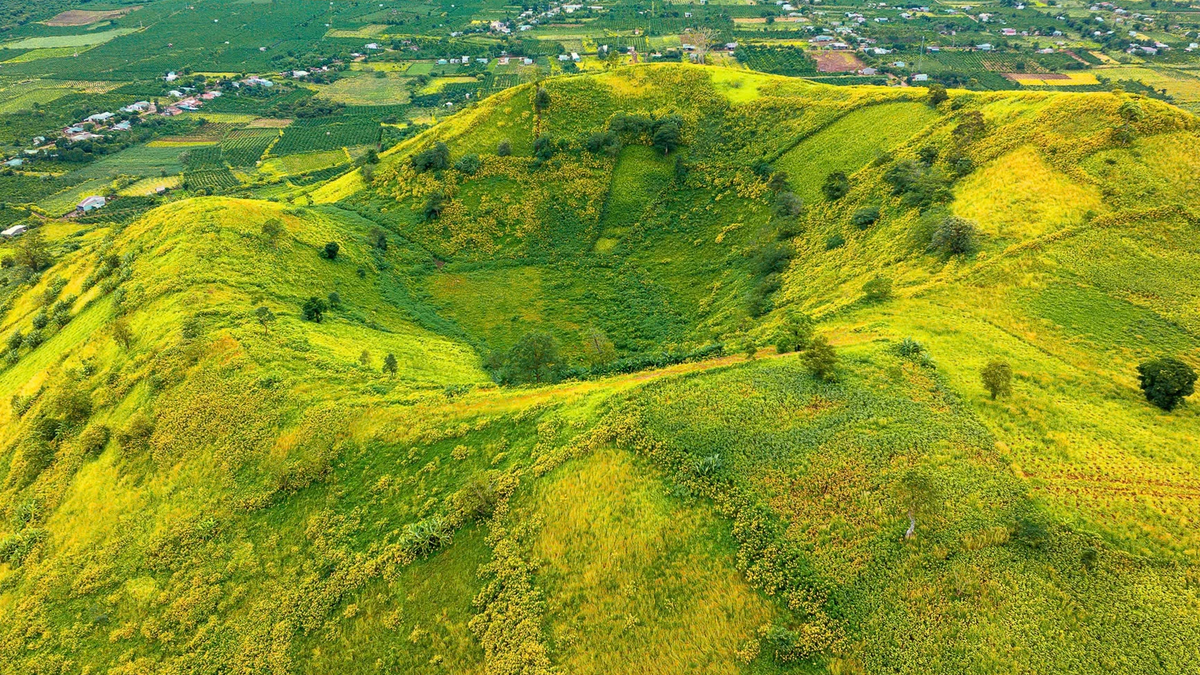


![[Photo] The "scars" of Da Nang's mountains and forests after storms and floods](https://vphoto.vietnam.vn/thumb/1200x675/vietnam/resource/IMAGE/2025/11/13/1762996564834_sl8-jpg.webp)
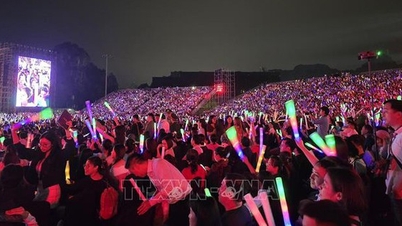














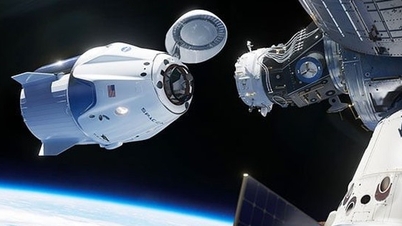





















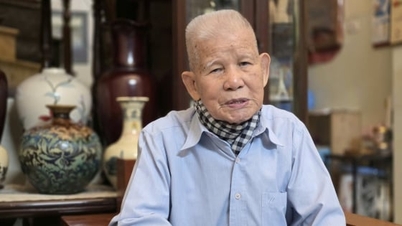




















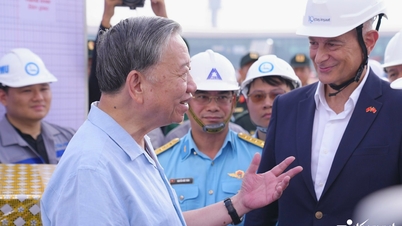



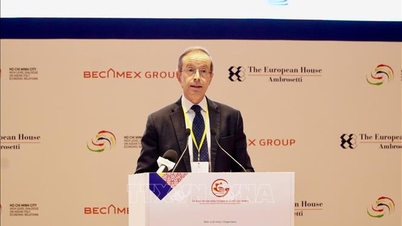


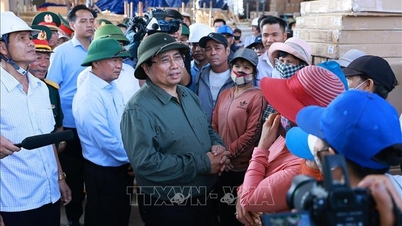

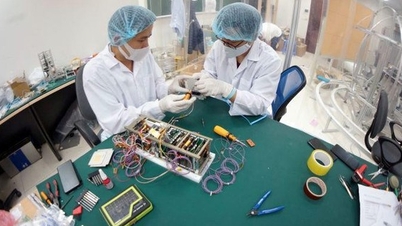

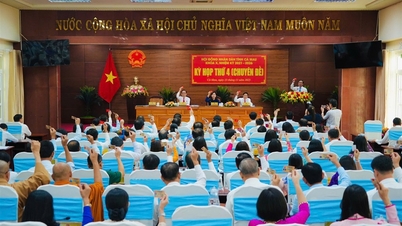



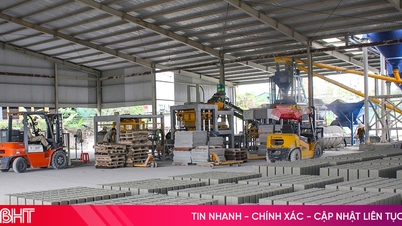







![Dong Nai OCOP transition: [Article 3] Linking tourism with OCOP product consumption](https://vphoto.vietnam.vn/thumb/402x226/vietnam/resource/IMAGE/2025/11/10/1762739199309_1324-2740-7_n-162543_981.jpeg)






Comment (0)